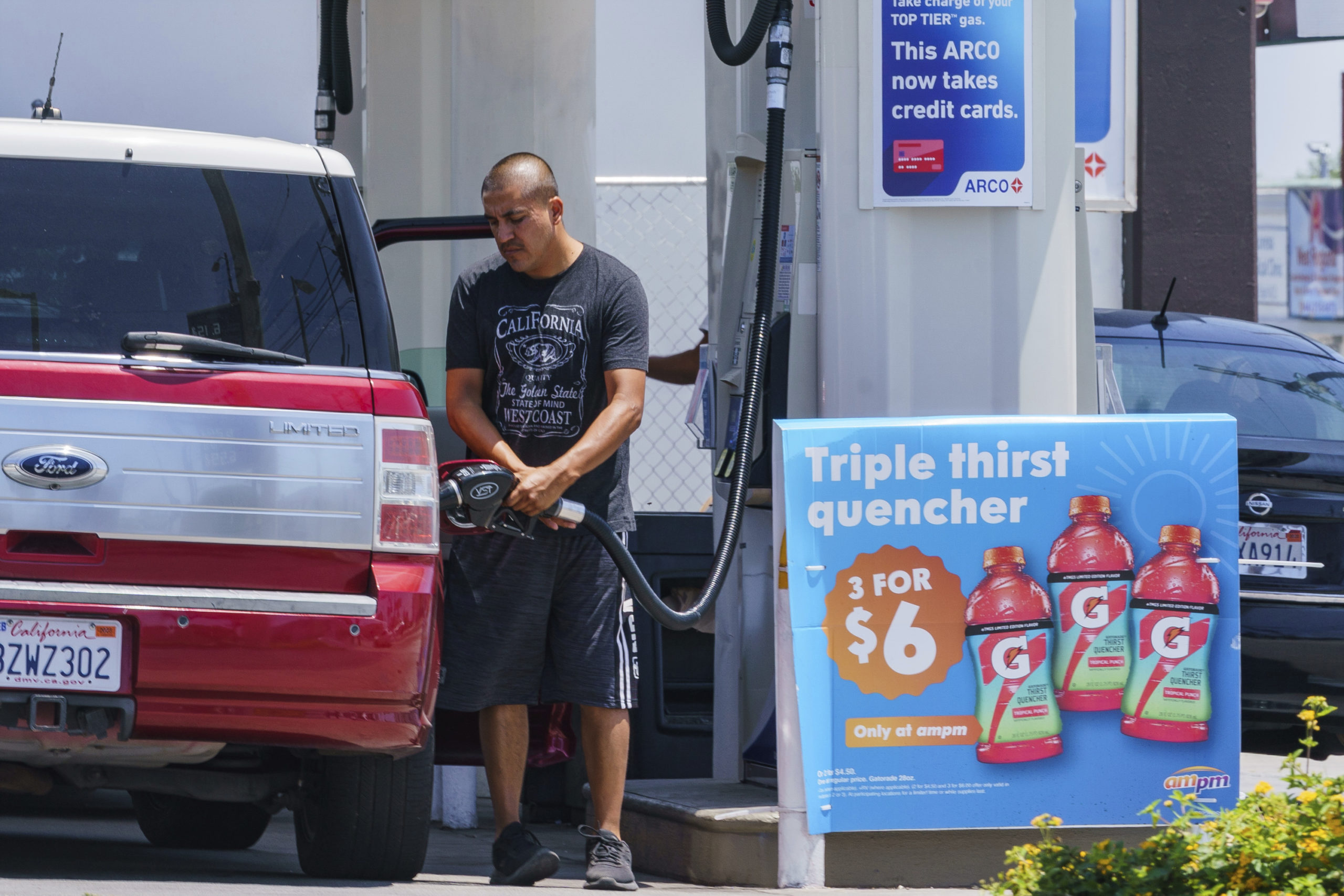NEW YORK (AP) — Soaring gasoline prices have left many consumers with no choice but to cut spending on non-essentials, but it might be coming full circle by stopping some drivers from filling up their tanks.
This “demand destruction” occurs when persistently high prices cause demand to drop. It’s an unwelcome sign as consumers face the highest inflation in four decades with no relief in sight.
Data from the Energy Information Administration shows demand over the last several months is already lagging the same period a year ago by as much as 3%, depending on the week.
Persistently rising inflation is putting ever-increasing pressure on consumers. Their spending held up through most of 2021 and into 2022, seemingly impervious to higher prices for everything from food to clothing. But, Russia’s invasion of Ukraine in February worsened already high energy prices. Russia is a leading crude producer and sanctions against the nation have cut its production off from much of the global oil supply.
U.S. crude oil prices are up more than 60% this year. That’s lifted gasoline prices to all-time highs, averaging $6.46 in Los Angeles and $5.20 in New York.
“Many people could make minor changes to their lifestyle,” said Randy Frederick, managing director of trading and derivatives at the Schwab Center for Financial Research. “What you end up doing instead is you end up spending less on other things that are discretionary.”
Gasoline, though, is considered essential for most people who rely on their cars to get anywhere. The slowdown in demand threatens a wide range of businesses that rely on a summer pickup in activity as Americans vacation, take road trips and just generally hit the road in bigger numbers for a wide range of activities. Falling gas consumption could signal worsening recovery prospects for restaurants, hotels and other businesses that are still struggling to regain financial ground lost during the pandemic.
The AAA says 75% of drivers surveyed said they would change their driving habits if gas hits $5 a gallon. The average price for a gallon is $5 or more in 21 states and the District of Columbia.
Prices at the pump aren’t likely to ease anytime soon, as oil production lags. The United States is the world’s largest oil producer, but its refining capacity is down 900,000 barrels of oil per day since the end of 2019, according to the Energy Department.

